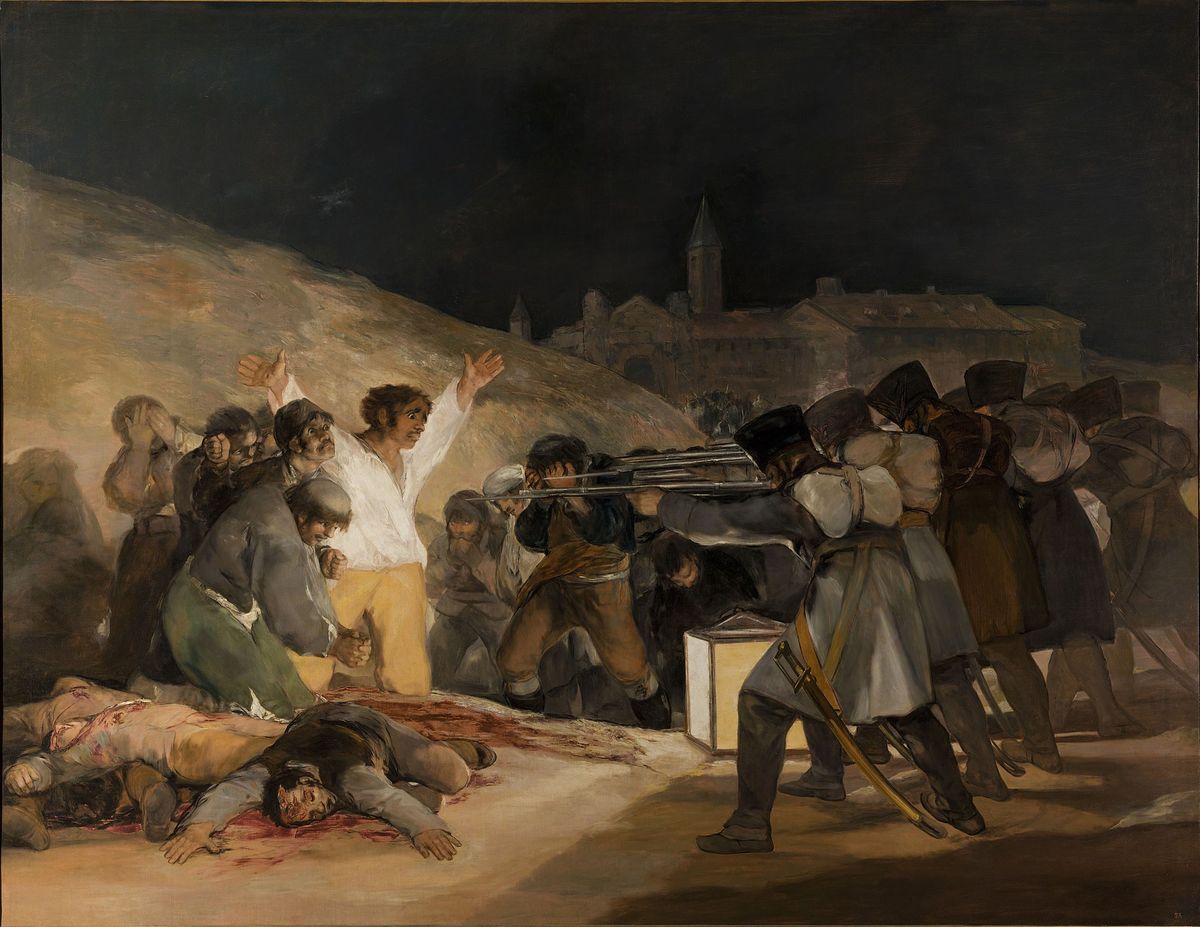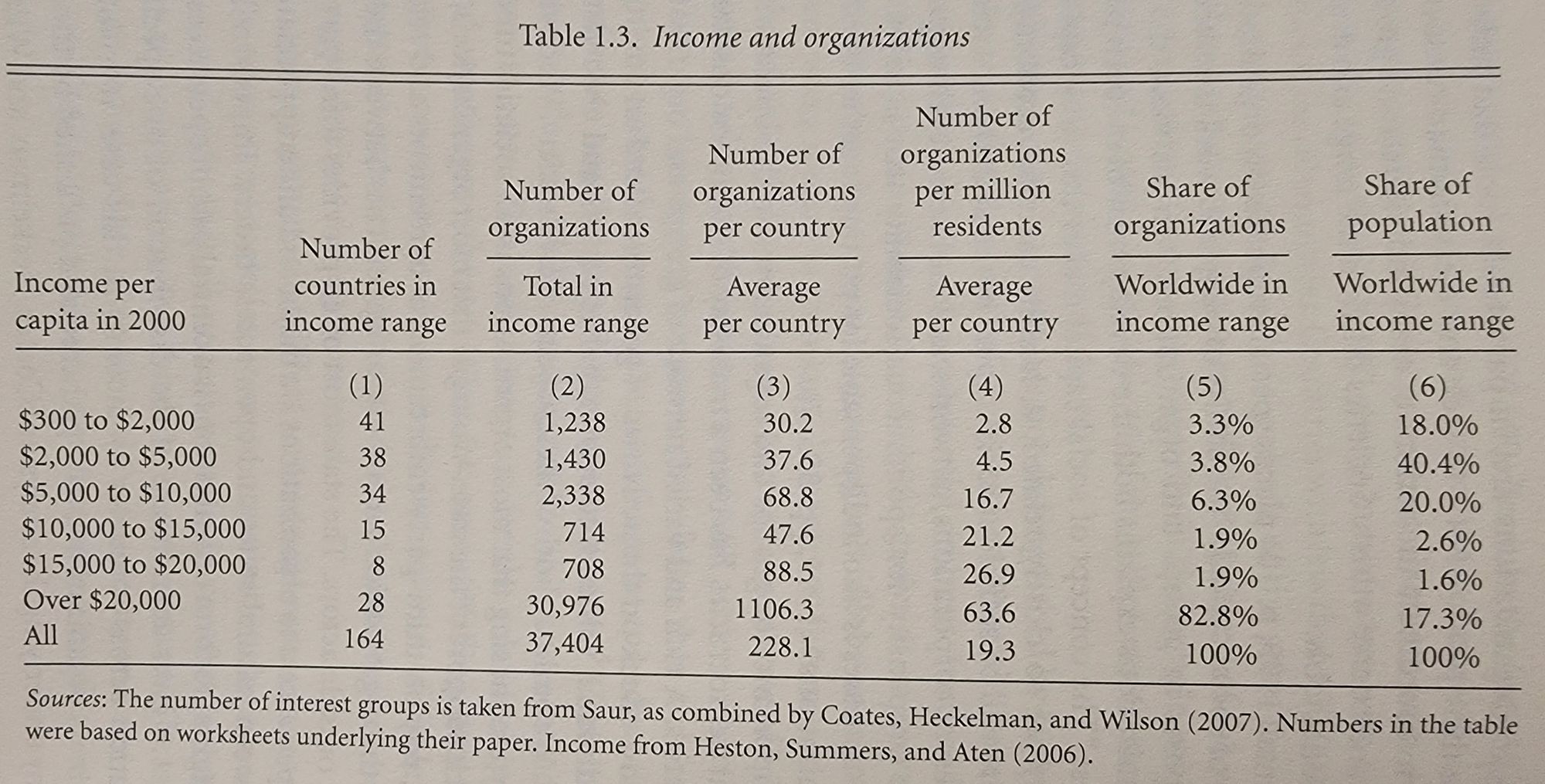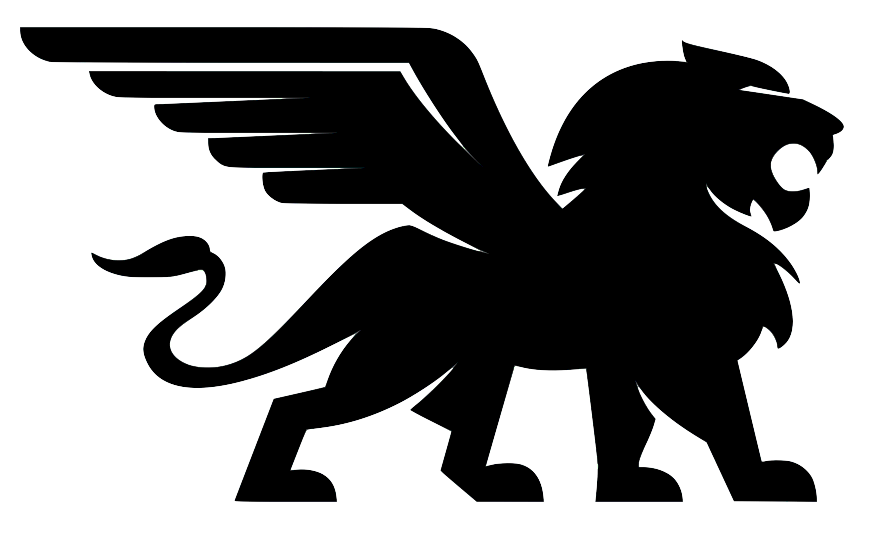Patents and Violence

Industrialization as a proliferation of organizations
Historians of the Industrial Revolution have often focused on technological change. As the centuries have passed, details of how technology was invented and commercialized have eroded away, leaving behind a lapidary, stylized story of the triumph of a heroic inventor. Technological change may even seem inevitable when looking back, and some accounts of technological change, such as W. Brian Arthur's The Nature of Technology: What it is and How it Evolves, attempt to elide over the messy human details, looking instead for large-scale, long-term patterns in physical characteristics of the technology itself. While such patterns may be interesting and worthy of consideration, technological change remains fundamentally the result of an accumulation of incremental improvements to particular devices and instruments by individuals and groups of people. Studying how individuals have invented — and groups of people have commercialized — technology remains the most direct way of understanding technological change and economic growth.
This is why, if we want to understand the Industrial Revolution, it is no less important to consider changes in how people organized themselves. Douglass C. North, John Joseph Wallis, and Barry R. Weingast (hereinafter, N2W) present a sweeping theory of how people have organized themselves both before and after the Industrial Revolution in Violence and Social Orders. To summarize, N2W distinguish between two "social orders" that have been used by groups of people to control violence since the development of agriculture in the Neolithic period:
- Natural States, in which violence is controlled through a coalition of personal relationships among elites who control access to resources, including violence itself. In Natural States, the ability of non-elites to form organizations is limited. Violence is limited because and to the extent it is bad for the elite coaltion.
- Open Access States, in which violence is controlled through "powerful, consolidated military and police organizations subservient to the political system," which is open to entry and may be contested by any group. The competition among groups for control of the political system is subject to a set of rules that limit illegitimate violence so that only the groups that can get and maintain broad support stay in control of the political system. Violence is limited by deterrence (through threat of punishment by the state) and by depriving non-state organizations access to violence.
An organization of organizations (namely, "government") maintains a monopoly on violence in both Natural States and Open Access States, but the the organization of organizations is a coalition controlled by wealthy elites in Natural States; in Open Access States, by contrast, the organization of organizations is a constantly evolving coalition of interest groups formed and dissolved to aggregate political support from people who might have no personal relationships with each other.
Crucially, organizations in Open Access States are impersonal: the identity of the organization is independent of the identity of its individual members. Free entry, or the ability for anybody to form organizations to exploit economic and political opportunities, results in vigorous competition that drives economic and political benefits out to larger and more dispersed groups of people within society. Except for violence — which remains a government monopoly — these organizations are free to compete with each other. Elites still work hard to control resources and benefit themselves in Open Access States, but because any group of people is allowed to form a coalition, a coalition of elites must compete for access to the political system and its monopoly on violence, and cannot win without concessions that would be unnecessary in Natural States.
Evidence in the Number of Organizations
Fine in theory. The N2W theory fits within a tradition of Classical Liberal and Capitalist explanations of the Industrial Revolution. But what evidence, if it existed, would falsify the N2W theory? One answer might be evidence that Natural States have been at least equally successful at technological progress and economic growth. Have they been?
Before answering, we need a reliable way to distinguish between Natural States and Open Access States. We have one. Simply by counting the number of organizations that exist per capita, we can draw a distinction. Because Open Access States by definition allow anybody to form an impersonal organization, we can pick some number, and consider states with more than that number of organizations (or organizations per capita) to be Open Access States and the remainder to be Natural States. If the Natural States have been at least as successful at technological progress and economic growth, then the N2W theory is at best incomplete and at worst false. In the following discussion, I refer directly to the numbers compiled in Table 1.3 at page 8 of Violence and Social Orders:

Let's pick 1,000 organizations per state, or 50 organizations per million citizens, as thresholds. These numbers seem reasonable because the average number of organizations per state is several hundred (228.1 to be precise) and average number of organizations per million citizens is about 20 (19.3 to be precise). And we wouldn't expect Open Access States to have only a slightly higher than average number of organizations than Natural States, but a much higher average.
Table 1.3 doesn't provide direct evidence of economic growth and technological progress, but it certainly doesn't falsify the N2W theory. Only some of the 28 states with a per capita income of over $20,000 would qualify as Open Access States with the thresholds we've selected,[1] but no states with an income per capita under $20,000 met the threshold. In fact, it's not even close: more than 80% of all organizations in the entire world exist in 28/164 countries that together represent only 17.3% of the global population. And it is this 17.3% of the global population, with its surfeit of organizations, which also happens to have the highest income per capita. What's going on here?
Open competition as a source of growth
The answer contains a paradox: More competition means less violence. The dynamics of political and economic competition in a capitalist democracy are complex enough that visualizing what is happening at the level of each individual is impossible. Yet in broad brush strokes, we can understand some of what is behind these dynamics. As N2W puts it:
Organizations are the lifeblood of both political and economic competition. They are the vehicles through which economic and political entrepreneurs implement their ideas and affect the dynamics of the economy and its polity. ... Most organizations seek rents, and some (especially a few pivotal constituencies, such as farmers) succeed in gaining policies that provide them with government-run cartels, subsidies, and rents. However, that side of the story misses that organizations are also the chief reason why the vast majority of markets are not cartelized ... The result is many new sources of rents from the Schumpeterian creative process of rent-creation, rather than a political process of rent-creation through privilege and limited access.
N2W at 141.
As individuals form state-chartered groups with explicit aims of pursuing political or economic goals, there is some inefficiency — some agency capture is predictable — but the result is better for individuals overall, as each group competes to gain as much individual loyalty as possible. Organizations in an Open Access State, unlike government in the Natural State, must attract members or perish. The vigorous competition among these organizations is a root cause of the higher income of individuals in Open Access States, and seems not unlikely to have been a precondition to the Industrial Revolution itself.
Patents: Privilege or Property Right?
The recognition that free entry of organizations into markets promotes progress is provocative to anybody interested in the history of patents. Are patents more an instrument of privilege under the Natural State or a promoter of competition within the Open Access State? The answer is at least unclear from history, but I would suggest that the question is exactly what we should be asking in considering any sort of patent reform.
In their early history, most patents were clearly a grant of privilege by the sovereign. But in the Republic of Venice in the 15th century, where an oligarchy ruled competing guilds, a patent statute was enacted, which provided for a ten-year exclusive right to practice inventions that were introduced to Venice following a registration. Within the context of vigorous competition among rival guilds, the Venetian statute was likely a mechanism for promoting new entry. Here we have evidence that some form of Open Access State has existed for over 500 years.
Fast forward to the 19th century United States. For at least a period between 1793 and 1836, copies of patent specifications were not always available upon request, and the system in general remained open mostly to a wealthy elite. But by the late 19th century, Scientic American magazine had begun publishing abstracts of issued patents, together with instructions for ordering copies of their specifications, and contact information for attorneys who were available to grant a commercial license. By the turn of the 20th century, it looked decidedly as if the U.S. patent system had helped foster the dissemination of technical knowledge, if not the formation of new ventures directly. At the very least, it is fair to say that the system was evolving away from grants of privilege to a stable set of privately adaptable exclusive rights.
Where are we today? Has the patent system changed in any meaningful way in the last 100 years? Does the current patent system promote competition? In an earlier post, I shared some of my perspective on these questions, including the observation that venture capital and open source were doing more to promote innovation, at least in the software industry. And thanks to N2W, I now have a neat theory to explain what I have observed: venture capital and open source have helped promote entry into competition. It's the proliferation of new organizations that matters, not the property rights. With due respect to my favorite president, the fourth major stage of human progress — after the discoveries of writing, printing, and America — was not the patent system, but the chartered corporation.
Open Source and Peace
Given current events, including the regulation of AI and the ongoing violence in Israel, Palestine, and Ukraine, it seems worth noting a corollary. If we want peace, we should be promoting free entry into (nonviolent!) competition with existing organizations. Exclusive privileges tend to concentrate power into the hands of elites, and decrease the wellbeing of individuals across a population.
To that end, I was delighted to learn about the existence of Open Collective, which makes it easier than ever before in history for a group to form and pursue a nonviolent goals. N2W would approve. We haven't escaped violence yet, but maybe we can cooperate our way out of its proliferation.
Although the average number of organizations per country is 1106.3 and the average number of organizations per million citizens is 63.6, both well above our thresholds, we don't know how the numbers per country are distributed around the average ↩︎
